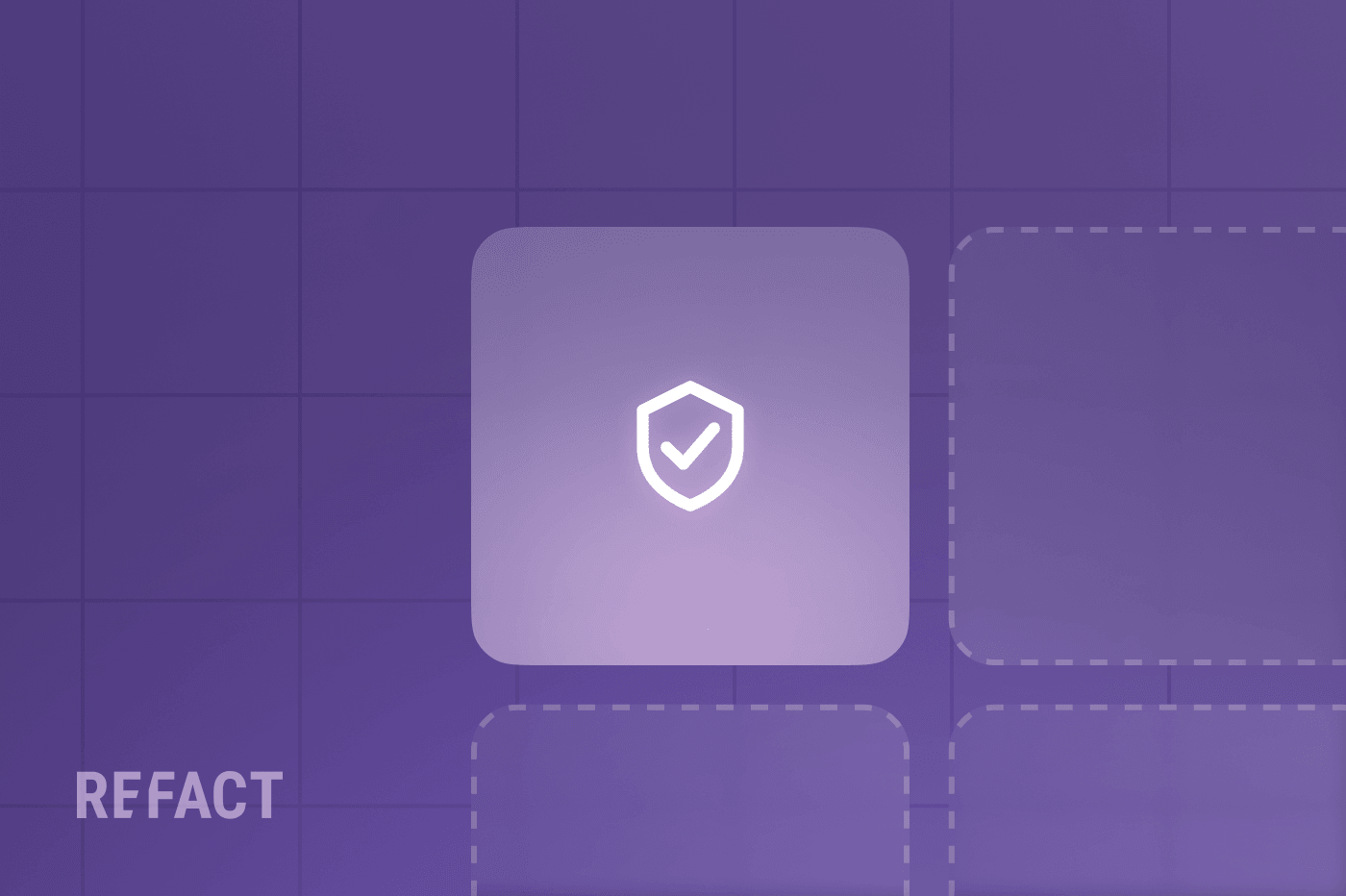When it comes to paywalls (and, sooner or later, it will), two types of strategies stand out. Freemium vs premium is the choice for monetizing content, whether you’re a creator or publisher. We’re dedicating this article to comparing the two types of paywalls. Both approaches carry weight, with distinct benefits tailored to different business objectives and audiences. This isn’t about crowning a winner, but rather providing a clear lens to view these models. We’ll dissect the Freemium and Premium paywall strategies, diving into their strengths and potential challenges so you can make an informed decision for your digital venture.
Understanding Paywalls
If you’re in digital content, you’ve likely come across the term “paywall” one way or another. But what exactly does it mean, and why is it crucial to any content business?
A paywall restricts content access to content for paying subscribers. The purpose? To monetize digital content, of course.
While Freemium and Premium are the models we’ll focus on today, it’s worth noting that the paywall universe is diverse. There are metered paywalls that allow access to a limited number of articles or features before payment is required. On the other hand, hard paywalls permit zero access without a subscription. Then, there’s the dynamic paywall, which customizes access based on user behavior, location, or other factors.
Each model serves a unique purpose, tailored to specific business goals and audience types. The challenge is discerning which model aligns best with your content and objectives. As we journey through Freemium and Premium, we’ll equip you with the insights needed to make that call.
5 Benefits of the Freemium Model for Your Newsletter
At its core, the Freemium model is a two-tiered approach:
1. Free Tier: Users have access to a foundational set of features or content without any monetary commitment. The goal here? Acquaint users with the product or service, foster trust, and cultivate an appetite for more.
2. Premium Tier: For those seeking a richer experience or additional functionalities, a payment unlocks this elevated tier. This is where the business generates revenue and where the value proposition needs to shine. Now, the name here is similar to Freemium’s competitor, the Premium paywall, so it may be easy to confuse the two, but here we are talking about a higher user tier only available for paying subscribers.
The Freemium model, while not without its challenges, has carved a niche in the digital economy for several compelling reasons. Let’s break down the primary benefits that make it an attractive option for many businesses:
1. User Acquisition
One of the most significant hurdles for any new product or service is getting users on board. By offering a free tier, businesses can quickly attract a broad user base. Who doesn’t like free stuff, after all?
2. Viral Potential
Free users can become powerful brand ambassadors. If they like what they see, they’ll likely spread the word, leading to organic growth. This word-of-mouth marketing, often genuine and powerful, can be a game-changer.
3. Data Collection
With a larger user base comes a wealth of data. By analyzing the behaviors and preferences of free users, businesses can gain invaluable insights. This data can guide product development, marketing strategies, and user experience enhancements.
4. Upsell Opportunities
Once users are familiar with the free offerings, they’re potential candidates for an upgrade. With targeted promotions or by introducing new premium features, businesses can nudge free users to make the leap to a paid subscription.
5. Building Trust
Skepticism is natural when faced with a new product or platform. By giving users a taste for free, businesses can demonstrate their value, gradually building trust and increasing the likelihood of conversion to the premium tier.
While the benefits of the Freemium model are considerable, it’s not a one-size-fits-all solution. Success hinges on the perceived value of the premium offerings and the balance between the free and premium tiers. Offer too much for free, and users might not see a reason to upgrade. Offer too little, and they might turn away entirely.
6 Benefits of the Premium Model for Your Newsletter
Shifting gears, let’s turn our attention to the Premium model. If the Freemium approach is about luring users in with free offerings and hoping for an eventual conversion, the Premium model adopts a fundamentally different stance: “Pay to access.”
In a Premium model, there’s no free tier. Users must pay upfront to access the content or services on offer. At first glance, this might seem like a hard sell, especially when so many alternatives often provide free entry points. So, why do some businesses swear by the Premium model? Let’s dig deeper.
1. Clarity of Transaction
One of the standout features of the Premium model is its simplicity. Users pay a fee, and in return, they get access to the product or service. There’s no ambiguity about tiered offerings or concerns about being upsold later on.
2. Direct Revenue Stream
From the moment a user signs up, revenue starts flowing. There’s no waiting period or reliance on a small fraction of users to upgrade. Every user is a paying customer, ensuring a consistent revenue stream.
3. Exclusivity and Perceived Value
By placing content or services behind a paywall from the get-go, businesses can create a sense of exclusivity. This can elevate the perceived value of what’s on offer, making users more inclined to pay.
4. Dedicated User Base
While the initial user base might be smaller compared to Freemium, the users who do opt for a Premium subscription are often more committed and engaged. They’ve made an investment and are likely to be serious about what they’ve paid for.
5. Quality Over Quantity
The Premium model prioritizes the quality of users over sheer numbers. This can lead to a more sustainable, loyal audience, which can be especially valuable for niche content or specialized services.
6. Reduced Overheads
In a Premium model, there’s no need to maintain a dual structure of free and paid content. This can lead to reduced operational complexities and overheads, especially in terms of support and infrastructure.
But it’s not all smooth sailing. The Premium model comes with its challenges. The initial barrier to entry can deter potential users, and there’s a pressing need to continuously deliver high-quality content to justify the price point. As with any model, understanding your target audience and delivering value is paramount.
While the Freemium and Premium models each have their merits, it’s essential to recognize that neither is a silver bullet. Both come with their own sets of challenges that businesses must navigate to achieve success. Let’s unpack the key hurdles associated with each model:
Freemium Challenges
1. Conversion Rates: One of the most pressing concerns with Freemium is the actual rate at which free users convert to paid ones. Data shows that only a tiny fraction will make the leap, which can strain profitability.
2. Resource Strain: Catering to a large free user base can demand significant resources in terms of bandwidth, support, and infrastructure without the guarantee of proportional revenue.
3. Balancing Act: Determining what to offer for free and what to reserve for paying customers is tricky. Misjudging this balance can either deter users from upgrading or turn them away at the outset.
4. Revenue Predictability: With revenue primarily from conversions, financial forecasting can be more challenging, making scaling and investment decisions a bit riskier.
Premium Challenges
1. Initial Barrier: The upfront payment requirement can deter potential users, especially in markets where competitors offer free alternatives. It’s crucial to present undeniable value right from the start.
2. Higher Expectations: Paying customers have higher expectations. A single misstep in content quality, user experience, or support can lead to dissatisfaction and increased churn.
3. Marketing Pressure: Without a free entry point, marketing efforts need to be top-tier. It becomes essential to effectively communicate the value proposition and differentiate it from competitors.
4. Audience Growth Rate: The growth rate for Premium models is typically slower, given the absence of a free tier to pull users in initially.
Both models, while promising in their own right, require strategic planning, a keen understanding of the target audience, and consistent delivery of value. The challenges aren’t insurmountable, but awareness of these potential pitfalls is the first step in devising strategies to counteract them effectively.
Choosing the Right Model for Your Business
At the heart of the Freemium vs. Premium debate is a fundamental question: which model aligns best with your business goals, target audience, and resources? While there’s no one-size-fits-all answer, certain considerations can guide you toward an informed decision. Let’s explore these critical factors:
6 Factors for Choosing the Right Paywall
1. Understand Your Audience: Who are they? What do they value? If they’re hesitant to spend initially and need a taste before committing, the Freemium model might resonate. But if they’re seeking specialized, exclusive content and are willing to pay for it, Premium could be the way.
2. Evaluate Your Resources: Can your infrastructure and support teams handle a vast influx of free users? If not, it might be more sustainable to focus on a smaller, paying audience through the Premium model.
3. Consider Your Revenue Goals: If immediate, steady revenue is paramount, especially in the early stages, Premium offers more predictability. However, if you can afford a longer-term play with the potential for wider reach, Freemium might be worth the gamble.
4. Content and Service Differentiation: If you have a unique proposition that stands out and is difficult to replicate, charging for it from the get-go with a Premium model can make sense. Otherwise, Freemium can be a way to lure users in and gradually upsell.
5. Feedback and Iteration: Especially for businesses that are continuously evolving, the Freemium model can provide a vast user base for feedback, helping to refine and improve the product.
6. Market Dynamics: Look at your competitors. Are they mostly Freemium or Premium? Sometimes, zagging when everyone else is zigging can help you stand out.
In conclusion, the choice between Freemium and Premium isn’t a binary one. Some businesses even blend elements of both, offering limited free trials before a full premium commitment. The key lies in understanding your unique context, testing different approaches, and being adaptable based on real-world feedback and results.
7 Advantages of Implementing Paywalls on Your Own Website
Content is king. But the throne it sits on? That’s your website. When it comes to implementing paywalls, having your own website is not just a plus – it’s essential. Let’s explore why:
1. Complete Control: Platforms like Medium or Substack offer built-in monetization features, but they are the ones that decide what paywalls you use. Owning your website gives you the reins to your content kingdom. You decide your type of paywall, how and when paywalls appear, what content sits behind them, and how users interact with them.
2. Optimized User Experience: With a bespoke website, the user journey can be meticulously crafted. From the moment they land on your site to the moment they hit the ‘subscribe’ button, every step can be tailored for smoothness and intuitiveness.
4. Custom Analytics: Platforms offer generic analytics. However, a tailored website can provide insights specific to your content, audience behavior, and paywall interactions. This data is gold, helping refine strategies and drive growth.
5. Branding Consistency: Your brand is unique, and it should shine consistently across all touchpoints. A custom website ensures that even your paywall pages resonate with your brand’s voice, tone, and aesthetics.
7. SEO Advantages: Search Engine Optimization is pivotal for online visibility. With a dedicated website, SEO can be finely tuned, ensuring your paywalled content is discoverable and ranks high.
Now, crafting such a website might sound daunting. That’s where a digital partner comes into play. By collaborating with experts like Refact, you can ensure your website isn’t just a passive platform but a dynamic tool that actively supports and enhances your paywall strategy.
In essence, while platforms with built-in paywalls are convenient, they’re a bit like rented apartments. They’re functional, but they lack that personal touch. Your own website? That’s your dream home, built brick by brick to your vision. And when it comes to monetizing content, there’s no place like home.
Final Verdict: and the Winner Is?
As we wrap up our exploration of Freemium vs. Premium and the immense value of a personalized website for paywall implementation, one thing is crystal clear: navigating the digital landscape requires more than just great content. It demands a strategy, foresight, and the right tools at your disposal.
Implementing paywalls on a platform tailored to your needs not only provides a unique experience for your audience but sets you apart in a crowded market. It’s like having a custom-made suit – it fits better, looks sharper, and leaves a lasting impression.
Yet, such customization isn’t always straightforward. It requires expertise, a vision translated into digital reality, seamless integrations, and continuous optimizations. And that’s precisely where Refact comes into the picture.
Refact isn’t just another digital partner. We specialize in empowering newsletters and media companies to carve out their niche in the digital space. Whether it’s an optimized WordPress website that’s perfectly aligned with your brand, seamless integration with payment platforms, or ensuring your content reaches the right audience, Refact is here to make it happen.




